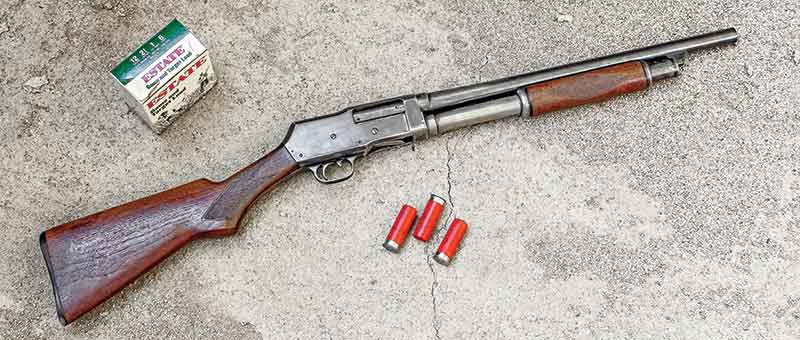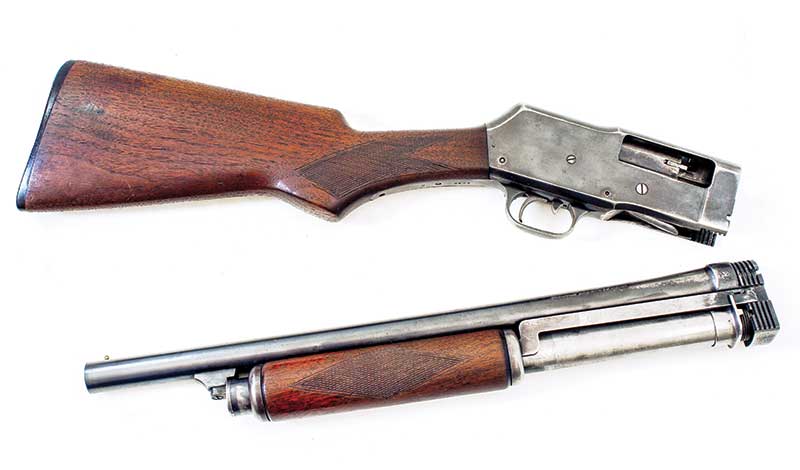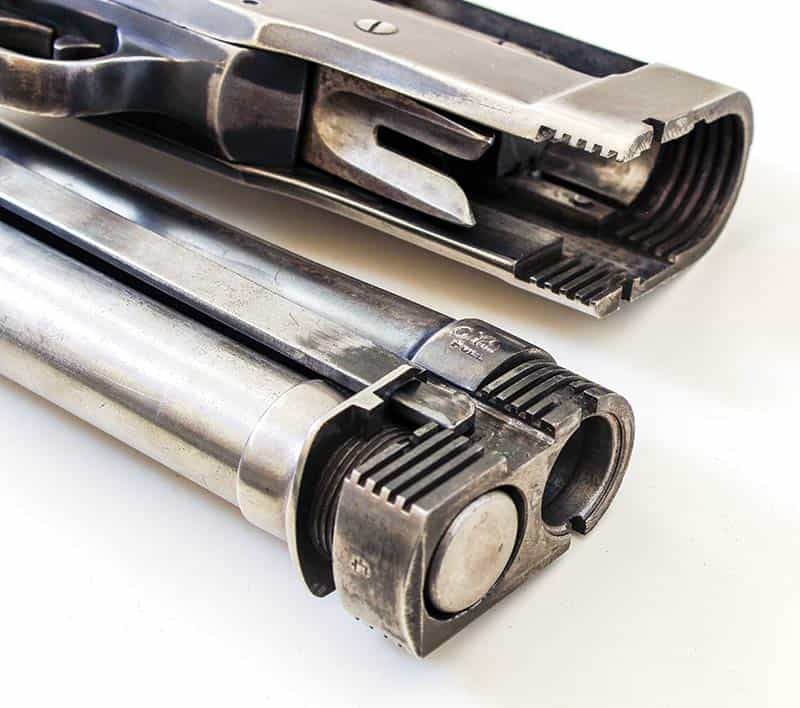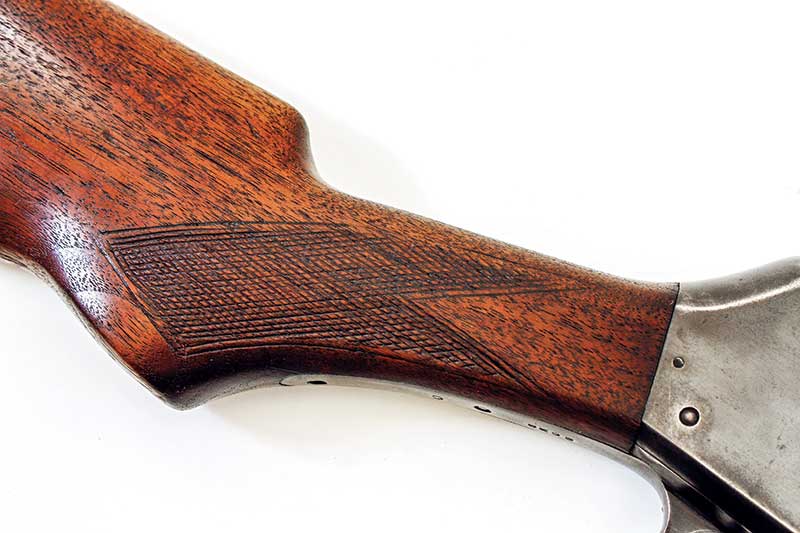Shooting And Handling
Despite the inexpensive prices these guns routinely sell for, it definitely does not feel like a budget gun. The 520 action is far slicker than one would expect, all the more surprising given its single action-bar. Much of this is explained by the firearm’s machining, which is thoroughly impressive outside and in. The precision cuts forming the “teeth” on the barrel assembly and receiver are especially illustrative as they interlock with no discernible side-to-side play. Additionally, hand checkering and nice walnut stocks were standard 520 features. One shudders at how much this gun would cost to produce today.
As might be imagined from a Browning design, the Stevens 520 runs like a top. Shells eject smartly, the lifter never freezes and the gun never fails to give each primer a hearty smack. I also put the gun through its paces with a clay pigeon thrower and from the low-ready position it would blast neon discs out of the sky with gusto — if I did my part.
I’ve heard my shotgun buddies talk about Perazzis and Krieghoffs “pointing” like a natural extension of one’s body. The Stevens 520 doesn’t point. It’s more accurate to say, with a weight of just less than 7.5 lbs. and given the “bank vault” construction of its forged steel receiver, this gun needs to be steered more than pointed. And, despite the 520’s weight, I found recoil to be stout. Trading off between the 520 and a friend’s Auto-5 — a shotgun with a reputation as a hard kicker even despite being recoil-operated — the Auto 5 seemed downright genteel by comparison.









